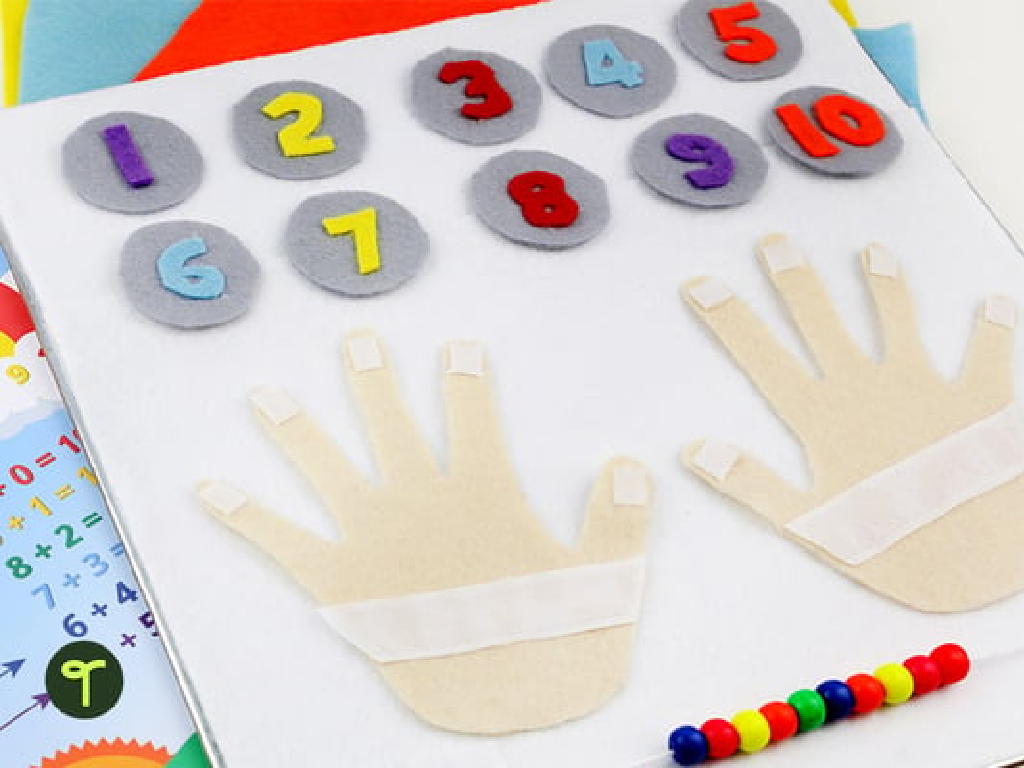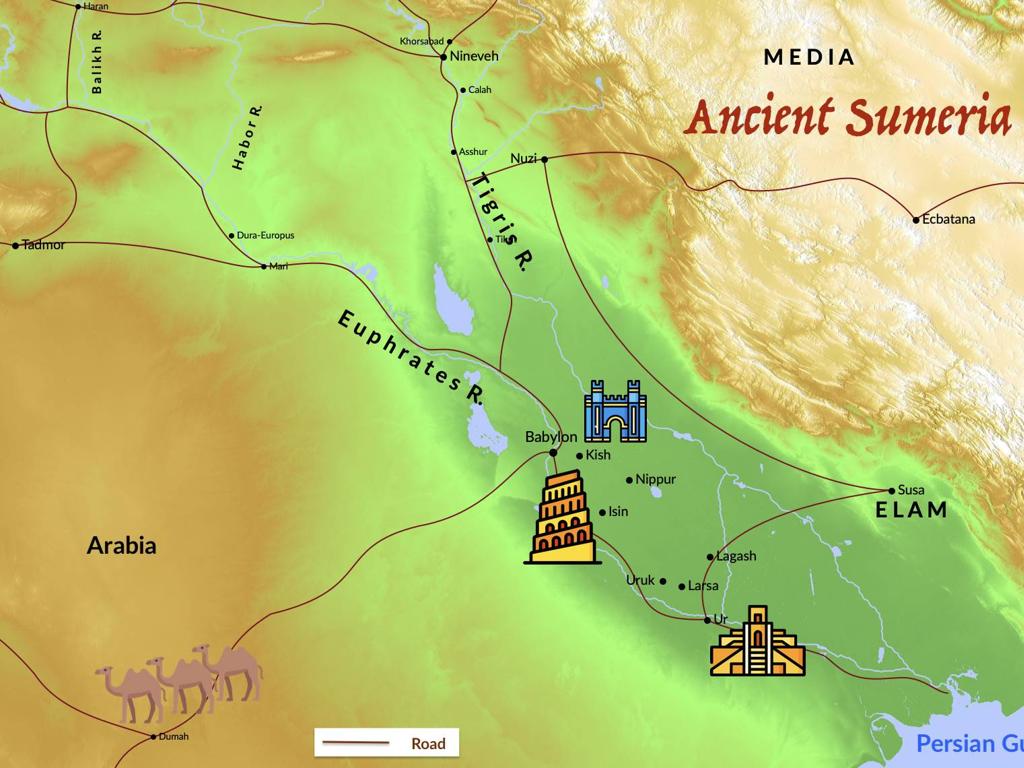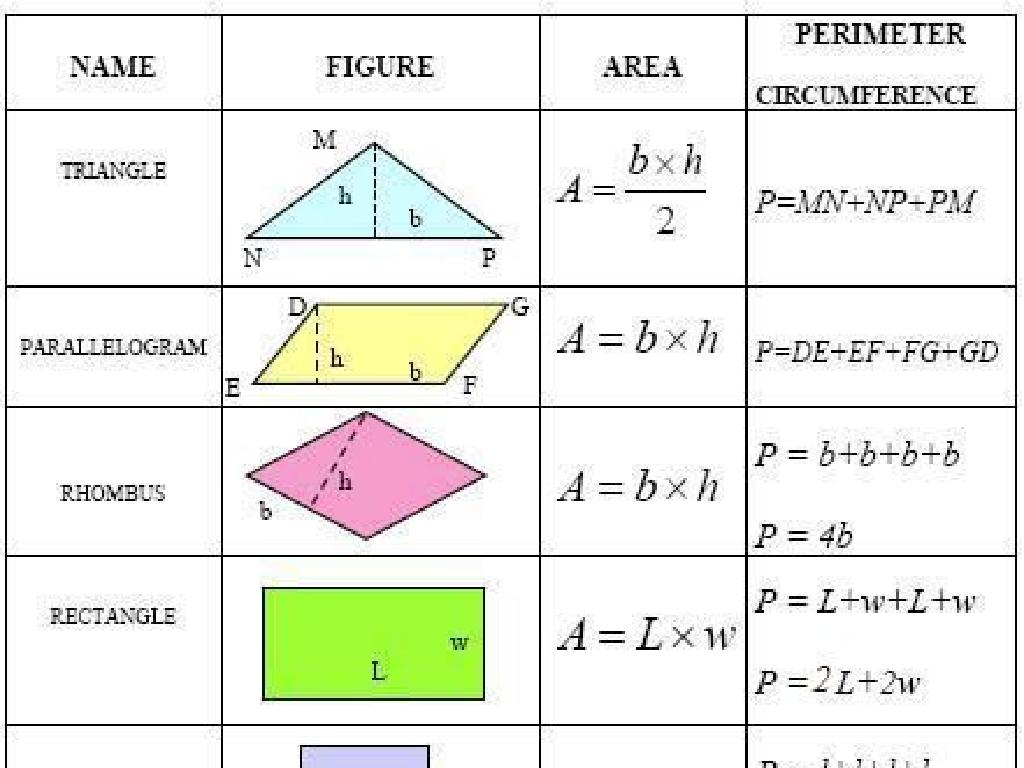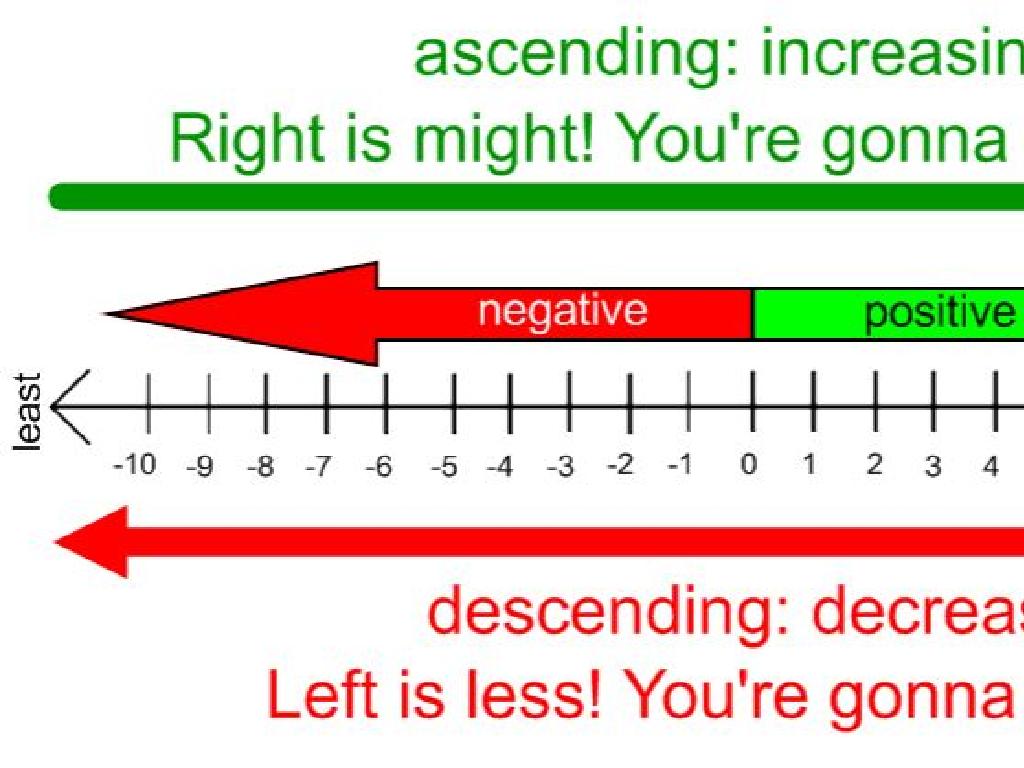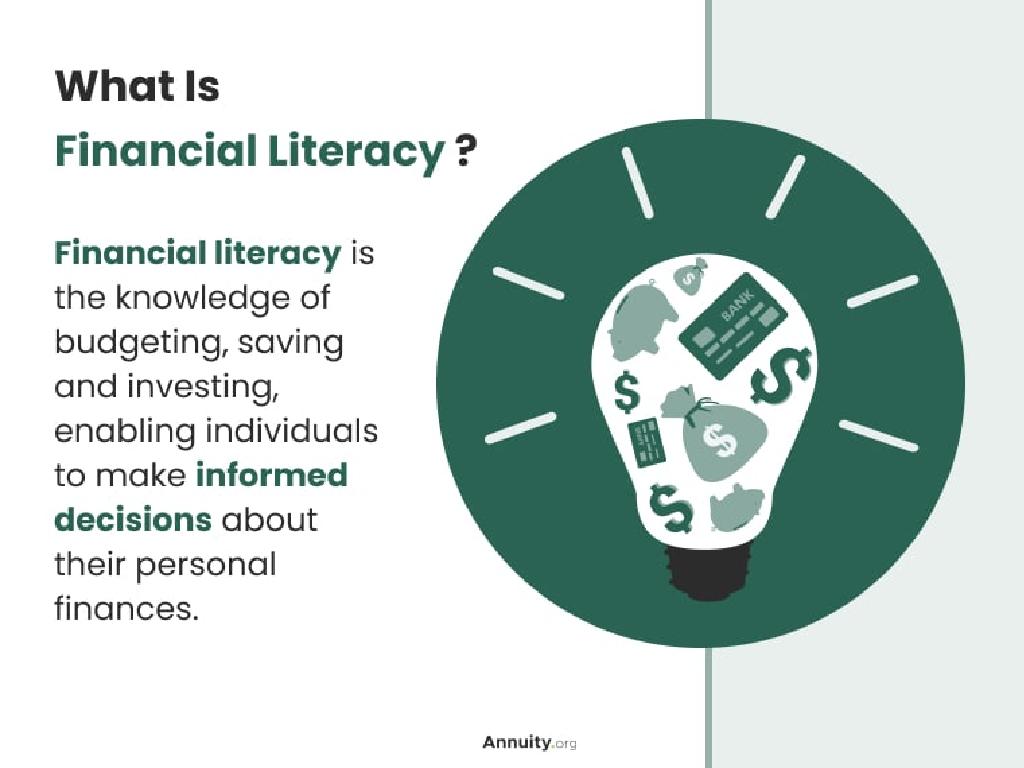Analyze Models Of The Earth-Sun-Moon System
Subject: Science
Grade: Seventh grade
Topic: Astronomy
Please LOG IN to download the presentation. Access is available to registered users only.
View More Content
Understanding the Earth-Sun-Moon System
– Our place in the cosmos
– Interactions of celestial bodies
– How Earth, the Moon, and the Sun affect each other
– Earth’s rotation and revolution
– Earth spins daily on its axis and orbits the Sun annually
– Phases of the Moon
– Moon phases result from its orbit around Earth, reflecting sunlight
|
This slide introduces students to the fundamental concepts of the Earth-Sun-Moon system, emphasizing our planet’s position and movement within this system. Discuss the importance of Earth’s rotation on its axis, which leads to day and night, and its revolution around the Sun, which causes the seasons. Explain how the gravitational interactions between these celestial bodies lead to various phenomena, such as tides and eclipses. Use diagrams to illustrate the phases of the Moon, showing how its appearance changes due to its position relative to Earth and the Sun. Encourage students to ask questions and think about how these interactions affect life on Earth.
Our Solar System: Earth-Sun-Moon Dynamics
– Review of the Solar System
– Earth’s orbit around the Sun
– Earth takes about 365 days to orbit the Sun.
– Moon’s orbit around Earth
– The Moon completes an orbit in about 27.3 days.
– Interactions in the Earth-Sun-Moon system
– Phases, eclipses, and tides result from these orbits.
|
Begin with a brief review of the Solar System to set the context for the Earth-Sun-Moon system. Emphasize Earth’s yearly revolution around the Sun and how this relates to seasons and the concept of a year. Discuss the Moon’s orbit around Earth, taking about 27.3 days to complete, and how this orbit leads to the various phases of the Moon we observe from Earth. Highlight the gravitational interactions between these bodies, leading to phenomena such as eclipses and tides. Encourage students to think about how these celestial mechanics affect life on Earth and to visualize the scale and movement within our Solar System.
Exploring the Earth-Sun-Moon System
– Understanding models in science
– Models represent systems to study and predict behavior
– Types of models: physical, conceptual, mathematical
– Physical: globes; Conceptual: diagrams; Mathematical: equations
– Scale and distance in models
– Scale helps us comprehend vast distances realistically
– Significance of accurate modeling
|
This slide introduces students to the concept of models and their importance in scientific understanding, specifically within astronomy. Models are simplified representations of complex systems, like the Earth-Sun-Moon system, which help us study and predict behaviors. There are different types of models, each serving a unique purpose: physical models you can touch, conceptual models that help us visualize, and mathematical models that provide precise predictions. Emphasize the importance of scale and distance in models to accurately represent the vastness of space. This understanding is crucial for students to appreciate the complexity of celestial mechanics and the precision required in astronomical studies.
Phases of the Moon: Understanding the Cycle
– Moon’s position and phases
– The Moon’s phase changes based on its position relative to Earth and Sun.
– Learn the Moon phase names
– New Moon, Waxing Crescent, First Quarter, Waxing Gibbous, Full Moon, Waning Gibbous, Last Quarter, Waning Crescent.
– Observe the Moon’s monthly cycle
– Track the Moon for one month to see all phases.
– Importance of Moon phases
|
This slide aims to explain how the Moon’s position in relation to the Earth and Sun affects its visible phases. Students should learn the names of each phase and be encouraged to observe these changes over a month to understand the lunar cycle. Emphasize that the Moon doesn’t change shape; it’s our perspective that changes what we see. The phases of the Moon are important for understanding lunar calendars, tides, and cultural significance in various societies. Encourage students to keep a moon diary as a practical activity to reinforce their learning.
Understanding Eclipses in the Earth-Sun-Moon System
– Solar eclipse causation
– Occurs when the Moon passes between Earth and the Sun, casting a shadow on Earth.
– Lunar eclipse causation
– Happens when Earth is between the Sun and the Moon, and Earth’s shadow falls on the Moon.
– Eclipses’ monthly rarity
– The Moon’s orbit is tilted relative to Earth’s orbit around the Sun, preventing monthly eclipses.
|
This slide aims to explain the phenomena of solar and lunar eclipses within the Earth-Sun-Moon system. A solar eclipse occurs when the Moon’s shadow is cast upon the Earth, temporarily blocking the Sun’s light. Conversely, a lunar eclipse occurs when the Earth’s shadow obscures the Moon. The reason eclipses do not occur every month, despite the monthly orbit of the Moon around Earth, is due to the 5-degree tilt of the Moon’s orbital plane compared to Earth’s orbital plane around the Sun. This tilt means the Sun, Earth, and Moon only align closely enough to cause an eclipse occasionally, not every orbit. Encourage students to visualize these alignments with models or diagrams and discuss why we experience eclipses only at certain times.
Seasons on Earth: Tilt, Orbit, and Daylight
– Earth’s tilt influences seasons
– The 23.5° tilt of Earth’s axis leads to varying sunlight angles during the year.
– Solstices and equinoxes explained
– Solstices mark longest/shortest days, equinoxes are when day and night are equal.
– Seasonal changes throughout the year
– From summer’s warmth to winter’s cold, seasons affect ecosystems and weather patterns.
– Day length varies with seasons
– Longer days in summer, shorter in winter due to the angle of Earth’s tilt.
|
This slide aims to explain the reasons behind the changing seasons on Earth. Emphasize the role of Earth’s 23.5° axial tilt and its orbit around the Sun in creating seasonal variations. Discuss the significance of solstices and equinoxes, highlighting the solstices as the points in the year with the longest and shortest days and the equinoxes as times when day and night are of equal length. Explain how these changes affect the length of daylight and subsequently the seasonal weather patterns and natural cycles. Encourage students to observe the changes in daylight across seasons and consider how this impacts life on Earth.
Understanding Tides: Earth-Sun-Moon System
– Moon’s gravity affects Earth
– The Moon’s gravity pulls on Earth’s oceans, causing tides.
– High tide vs. low tide
– High tide is when water reaches its highest, and low tide is its lowest.
– Spring tides explained
– Spring tides: Sun and Moon align, causing higher tides.
– Neap tides occurrence
– Neap tides: Sun and Moon form right angle, resulting in lower tides.
|
This slide aims to explain the concept of tides within the Earth-Sun-Moon system. Tides are the rise and fall of sea levels caused by the combined effects of the gravitational forces exerted by the Moon and the Sun and the rotation of Earth. High tides occur on the side of Earth facing the Moon and the opposite side as well. Low tides occur in the areas between these two humps. Spring tides are especially strong tides that occur when the Earth, the Moon, and the Sun are in a line. Neap tides, which are weaker, occur when the Sun and the Moon are at right angles to each other. Understanding these concepts is crucial for students to grasp the dynamic interactions in our solar system. Encourage students to think about how these tides affect marine life and human activities such as fishing and boating.
Class Activity: Earth-Sun-Moon System Models
– Build your own model
– Gather materials: balls, flashlight, sticks
– Demonstrate Moon phases
– Use the balls to represent Earth and Moon, flashlight for the Sun
– Show how eclipses occur
– Use the model to simulate lunar and solar eclipses
|
This hands-on activity is designed to help students understand the spatial relationships and movements within the Earth-Sun-Moon system. Students will use balls of different sizes to represent the Earth and the Moon, a flashlight as the Sun, and sticks to hold the ‘Moon’ in place. They will demonstrate the phases of the Moon by showing how the Moon orbits Earth and how the Sun’s light casts shadows on it. Additionally, they will simulate lunar and solar eclipses, showing the alignment of the Sun, Earth, and Moon. Encourage creativity and ensure that each student or group explains their model to the class, discussing the phases and types of eclipses they’ve demonstrated. This will reinforce their understanding of the concepts and improve their communication skills.
Conclusion: Earth-Sun-Moon System
– Recap of Earth-Sun-Moon interactions
– Significance of astronomical models
– Models simplify complex concepts, like orbits and phases.
– Open floor for questions
– Reflect on new insights
– Encourage students to think about how their understanding has evolved.
|
This slide wraps up the lesson on the Earth-Sun-Moon system. Begin by summarizing the key points discussed, such as the roles and relationships between the Earth, Sun, and Moon. Emphasize the importance of models in astronomy for visualizing and understanding celestial mechanics and phenomena. Open the floor for any questions the students might have, allowing them to clarify their doubts or expand on topics of interest. Finally, encourage students to share any observations or realizations they’ve had during the lesson, fostering a reflective learning environment. This is also an opportunity to assess their comprehension and to reinforce the concepts covered.

